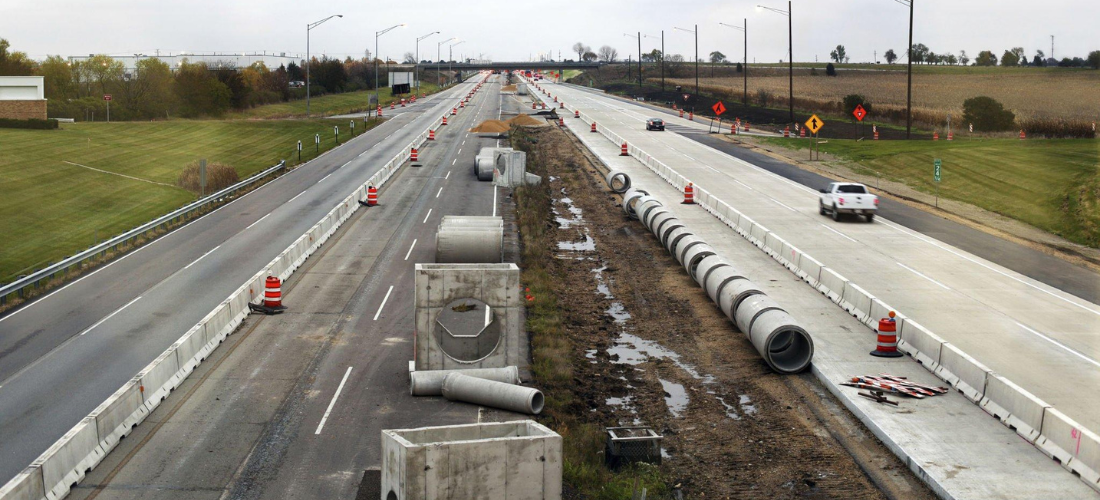Bituminous surface treatment (BST), also known as chip seal, is a cost-effective method of preserving and maintaining roads. It involves the application of a thin layer of asphalt emulsion, followed by a layer of aggregate (gravel, slag, or crushed rock), to form a durable, skid-resistant surface. BST is widely used by cities, counties, and states to extend the life of roads and keep them in good condition.
However, not all BSTs are created equal. Choosing the right BST for a particular road depends on several factors, including traffic volume, climate, and pavement condition.
Here’s a guide for engineers and contractors on choosing the right BST for different road conditions:
- Traffic volume: High-volume roads require a BST that can withstand heavy traffic and wear. A thicker layer of asphalt emulsion and larger aggregate should be used to provide additional protection and durability.
- Climate: BSTs can be designed to accommodate different climates. For example, BSTs in areas with frequent freeze-thaw cycles should be designed to resist cracking and crumbling, while BSTs in hot, dry climates should be designed to withstand the effects of heat and sun.
- Pavement condition: The condition of the underlying pavement will also influence the choice of BST. Roads with cracks, potholes, or other signs of distress should be repaired prior to the application of BST to ensure a smooth and durable surface.
- Cost: BSTs can range in cost, depending on the materials used and the complexity of the project. Engineers and contractors should consider their budget and choose a BST that provides the best value for their money.
- Durability: The durability of BSTs can vary, depending on the materials used and the application
In conclusion, choosing the right BST for different road conditions requires careful consideration of traffic volume, climate, pavement condition, cost, and durability. By following this guide, engineers and contractors can select the best BST for their projects and ensure long-lasting, durable road surfaces.

